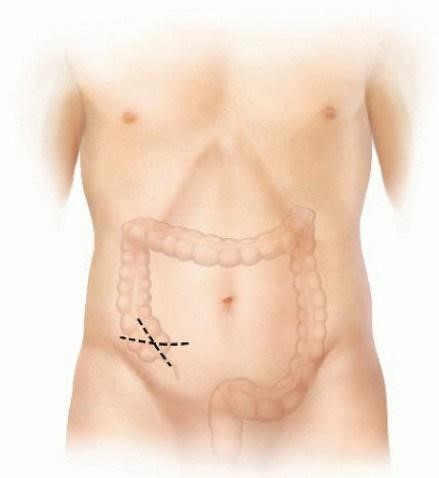
What is acute appendicitis
Acute appendicitis is an acute inflammation that occurs in the appendix or appendix, the appendix itself is a tube-shaped organ measuring 5-10 cm that is connected to the large intestine (caecum).
Acute appendicitis is one of the most common abdominal emergencies in emergency departments worldwide.
Most cases of acute appendicitis occur in young adults, mostly at the age of 15-19 years.
What causes acute appendicitis
Acute appendicitis occurs due to an infection caused by an obstruction in the appendix cavity.
As a result, bacteria develop rapidly so that the appendix becomes inflamed, swollen and even festering, which if left unchecked will cause various complications.

Appendicitis symptoms
The main symptom of acute appendicitis is pain in the lower right part of the abdomen, this pain can start from the navel which then moves and settles in the lower right.
Other accompanying symptoms are nausea, loss of appetite, bowel obstruction, vomiting, and fever.
Pain throughout the abdomen and fever is experienced if acute appendicitis has advanced complications in the form of perforated appendicitis (rupture of the appendix).
How to diagnose acute appendicitis?
In addition to carrying out a physical examination, the doctor will carry out several supporting examinations to help make a diagnosis. This inspection includes
- Blood laboratory to see an increase in leukocytes (white blood cells), which is a sign of inflammation (inflammation) and infection.
- Radiology can be in the form of X-ray appendicography, abdominal ultrasound, or abdominal CT scan.
Management of acute appendicitis
In addition to giving antibiotics to treat infection, the main treatment for acute appendicitis is surgery with an appendectomy ( appendectomy ), which is the removal of the appendix.
This appendectomy procedure is the most frequently performed surgical procedure worldwide.
There are two ways to perform an appendectomy procedure:
- The first is the laparotomy method, carried out by dissecting the lower right abdomen along 5-10 cm and then lifting the appendix.
- The two laparoscopic methods are carried out by making several small incisions, through these incisions the doctor will insert special surgical instruments to remove the appendix.

Currently at EMC Pekayon Hospital you can perform a laparoscopic appendectomy with only 1 small incision in the navel area which is called the SILS method or Single Incision Laparoscopic Surgery.
The advantage of using the SILS laparoscopic technique is that postoperative wounds and pain are minimal, so the hospital stay is shorter.
Article written by dr. Rudy Haryanto Susilo, Sp.B (General Surgeon at EMC Pekayon Hospital).
